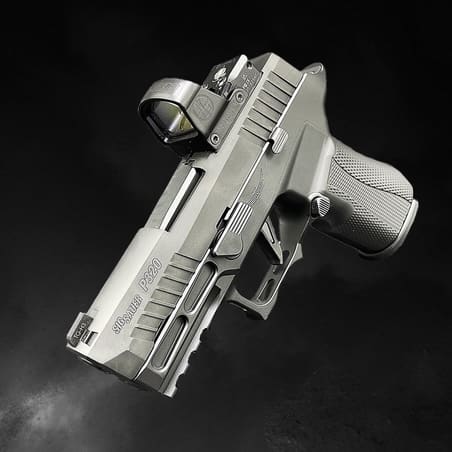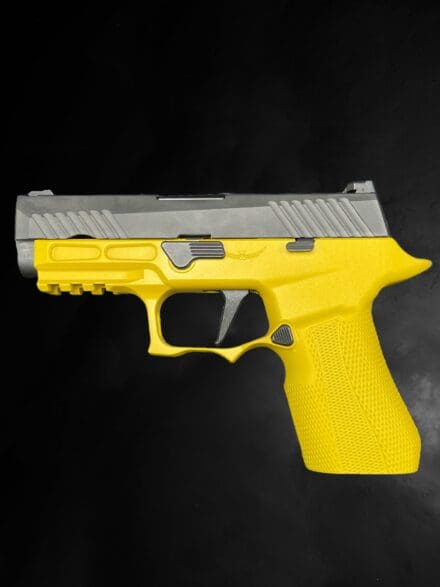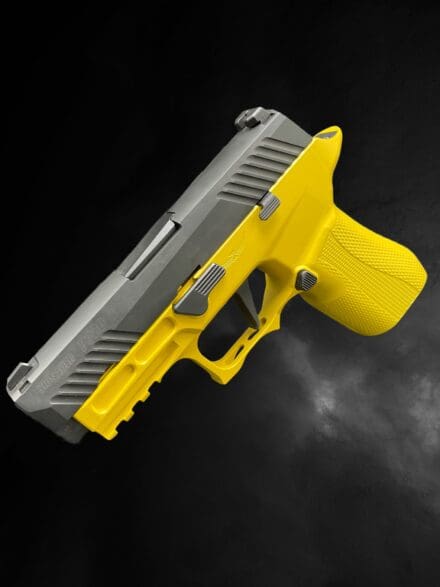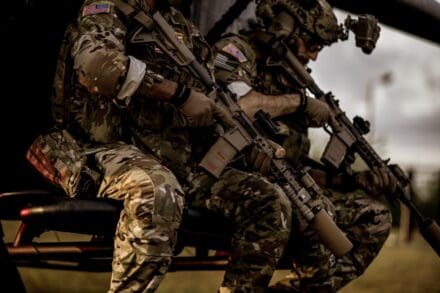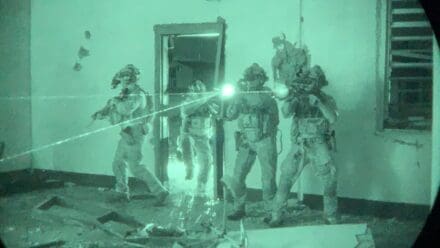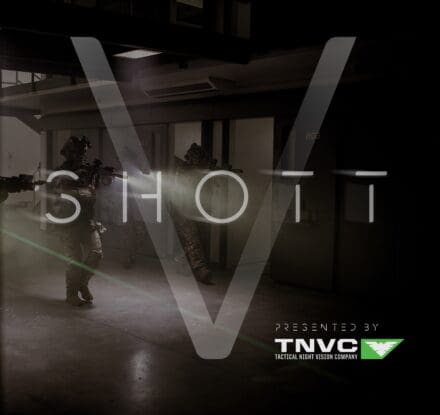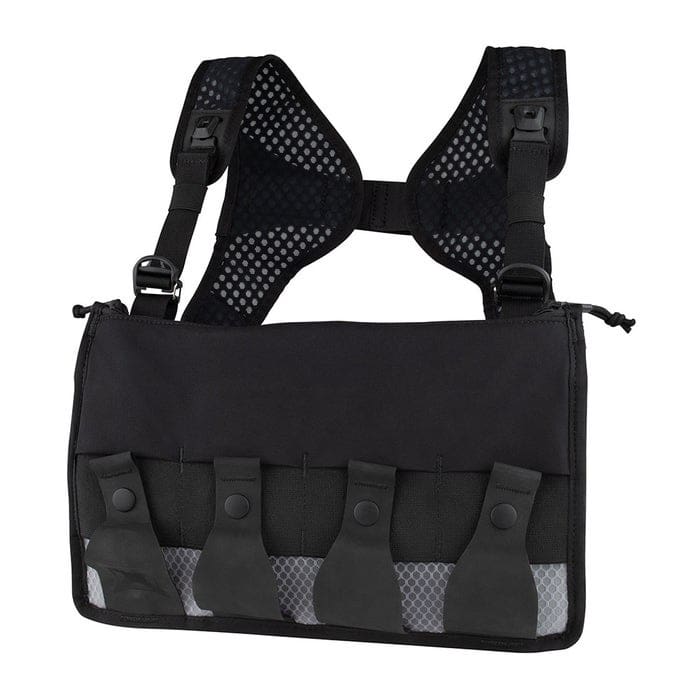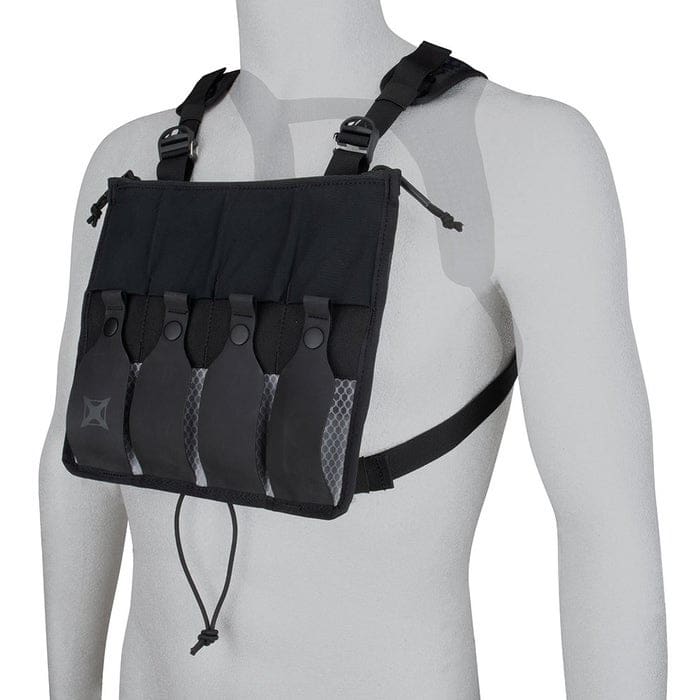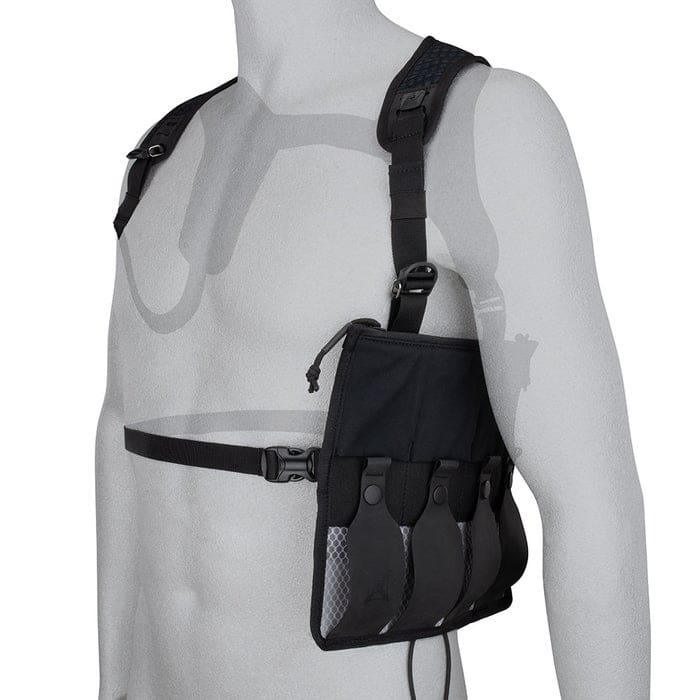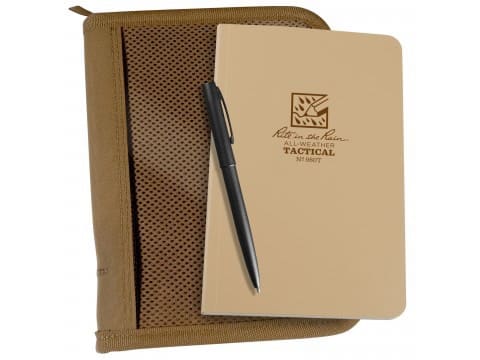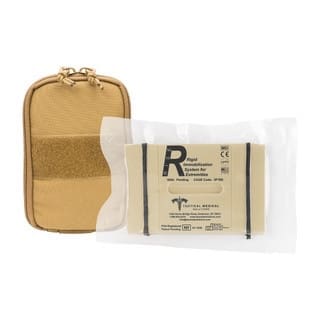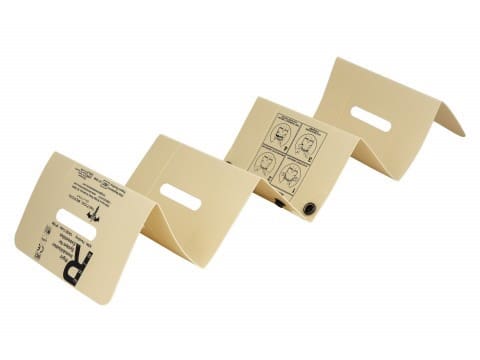WESTFIELD, Massachusetts – January 20, 2021 – Savage Arms is proud to announce three dynamic new additions to its catalog. Guns & Ammo Magazine’s Shotgun of the Year for 2020 is now available in sporting model: RENEGAUGE Competition. The 110 Tactical and AXIS II are now being chambered for the 6mm Advanced Rifle Cartridge (ARC). And for long-range hunters, four Model 110s will be chambered in 28 Nosler.
“2020 was a big year for Savage,” Al Kasper, President and CEO of Savage Arms said. “2021 is going to be even bigger. We have our sights firmly set on innovation and really rounding out our catalog. These three models do just that. Each represents something our customers have been asking for. 6mm ARC is a round with a tremendous potential. 28 Nosler is pushing the limits for ethical hunting—and RENEGAUGE keeps on evolving.”
RENEGAUGE Competition
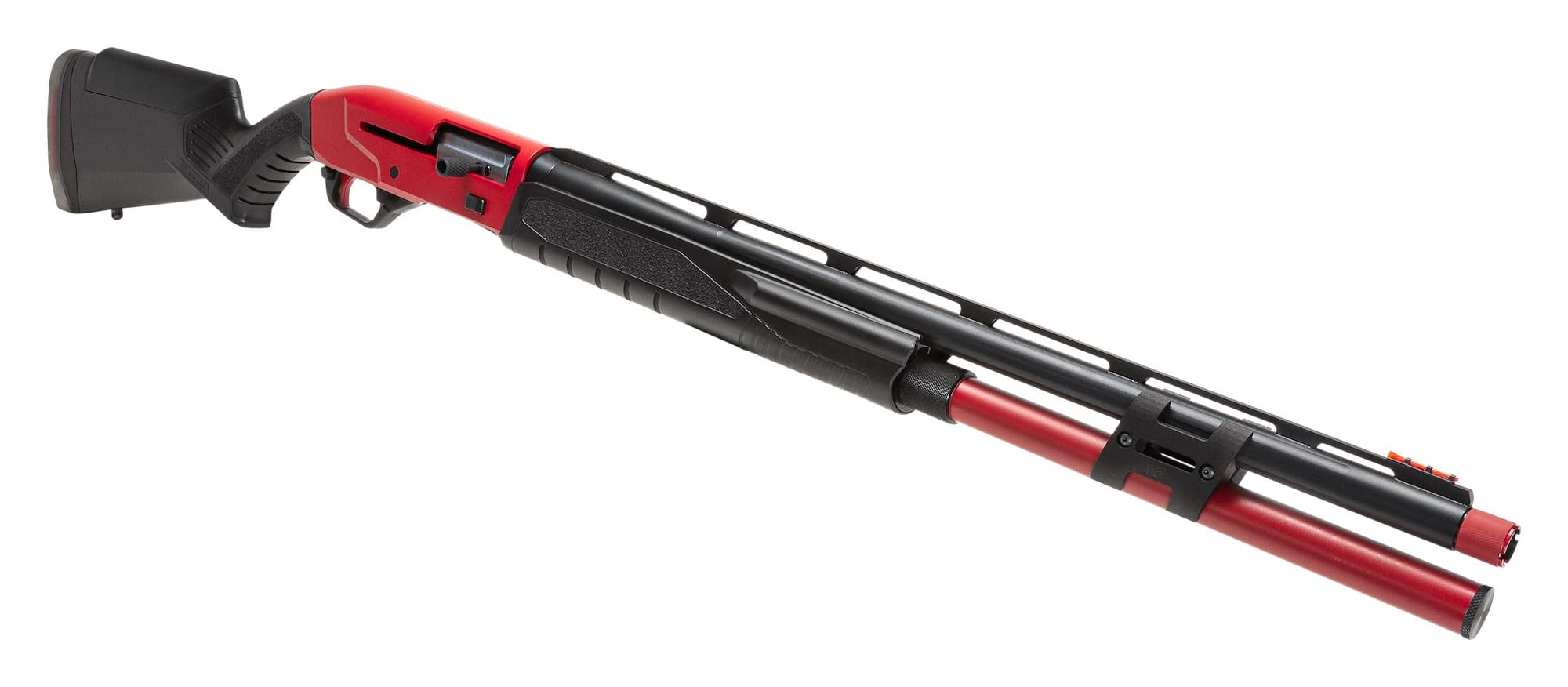
RENEGAUGE Competition builds on the American made 12 gauge’s success and adds some new elements specifically designed to give the platform a competitive edge. The extended magazine tube increases capacity to a full ten rounds. The barrel is finished with Melonite, while the receiver, magazine tube and Extended Skeet2 Light Modified Choke are finished in Cerakote®.
Features
• D.R.I.V. gas system
• Extended Magazine Tube (9+1)
• Matte black adjustable stock for length of pull, comb height, drop and cast
• One-piece, chrome plated action bar assembly
• Chrome plated reciprocating components
• Stock rod buffer to reduce felt recoil
• Fluted barrel with melonite finish
• Carbon steel ventilated rib with red Hi-Viz® Tri-Comp Front Sight
• Competition-ready easy loading magazine port
• Oversized controls
• Extended Skeet2 Light Mod. Choke (.015”) (Beretta/Benelli)
• Red Cerakote Receiver, Extended Magazine Tube, and Extended Choke
Part No. / Description / MSRP
57786 / RENEGAUGE Competition 12 Gauge, 24-inch barrel / $1,959
6mm ARC Chamberings
6mm ARC evolved from The Department of Defense’s request for a round that would rival the .308, but one that could be fired from smaller rifle platforms. Savage’s new 6mm ARC rifles make the most of the round’s dynamic flexibility. Tactical marksmen will appreciate 6mm ARC’s potential for weight retention and penetration, and the 110 Tactical is an ideal rifle for the job.
Hunters will appreciate 6mm ARC’s potential for long-range accuracy and weight retention, and the new chambering of the AXIS II provides a proven platform for the innovate new round.
New 6mm ARC Rifle Features
• Bolt action rifle configurations
• Improved ergonomics and rugged synthetic stock
• User-adjustable AccuTrigger
• Button-rifled sporter barrel
• Detachable box magazine
• Thread-in barrel headspacing
• Chambered for 6mm ARC
Part No. / Description / MSRP
57770 / 110 Tactical 6mm ARC 18-inch barrel / $799
57769 / AXIS II 6mm ARC 22-inch barrel / $429
28 Nolser Chamberings
28 Nosler is the most powerful 7mm cartridge commercially available. For long range hunts, 28 Nosler is a winner and these four new 110s are poised to make the most of the chambering.
The four model 110s that will debut the new chambering are well suited for hunting. The new 110 Timberline will be available in both left- and right-hand configurations. The 110 Long Range Hunter adds extra reach with its 26” barrel, and the 110 High Country blends aesthetic sophistication and fluting to make a bold statement that blends in effortlessly.
Model 110 28 Nosler Features
• Bolt action rifle configurations
• Ergonomic, rugged synthetic stocks with AccuStock®
• AccuFit® for customizable length-of-pull and comb height
• User-adjustable AccuTrigger®
• Precision, button rifled barrels
• Detachable box magazine
• Thread-in barrel headspacing
• Chambered for 28 Nosler
Part No. / Description / MSRP
57747 / 110 Timberline 28 Nosler 24-inch barrel / $1,165
57759 / 110 Timberline 28 Nosler 24-inch barrel / $1,165
57764 / 110 Long Range Hunter 28 Nosler 26-inch barrel / $1,169
57765 / 110 High Country 28 Nosler 24-inch barrel / $1,165
savagearms.com
